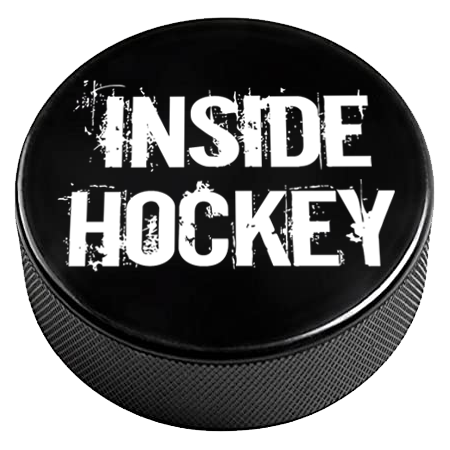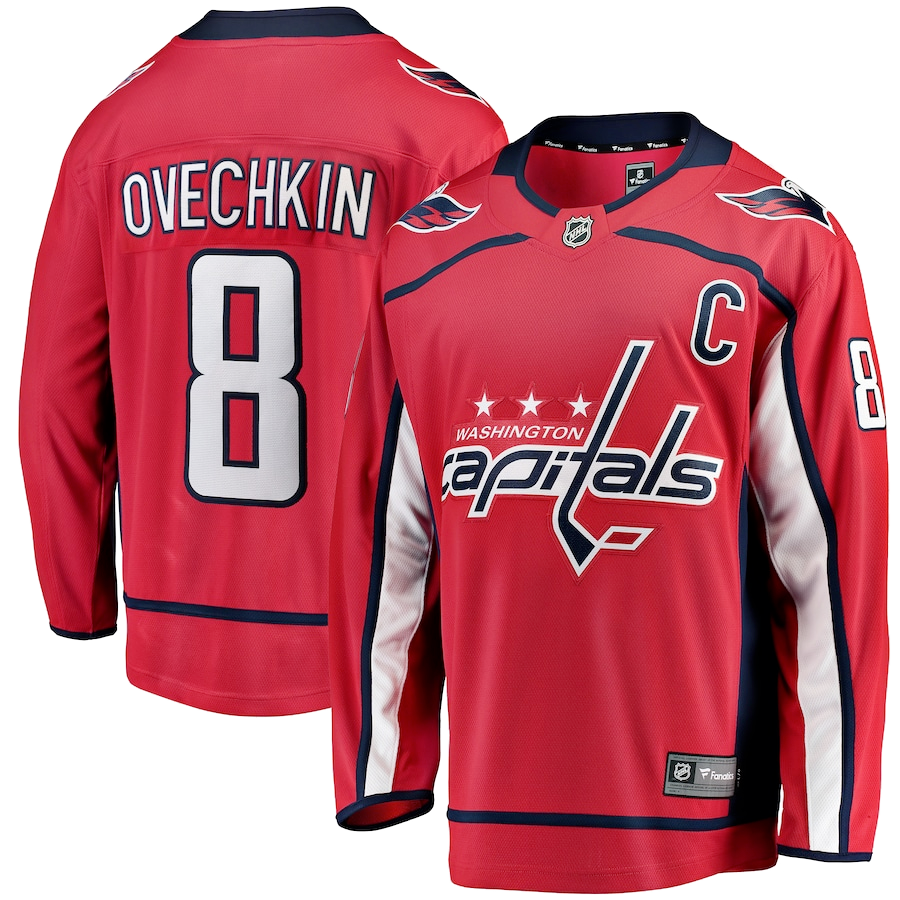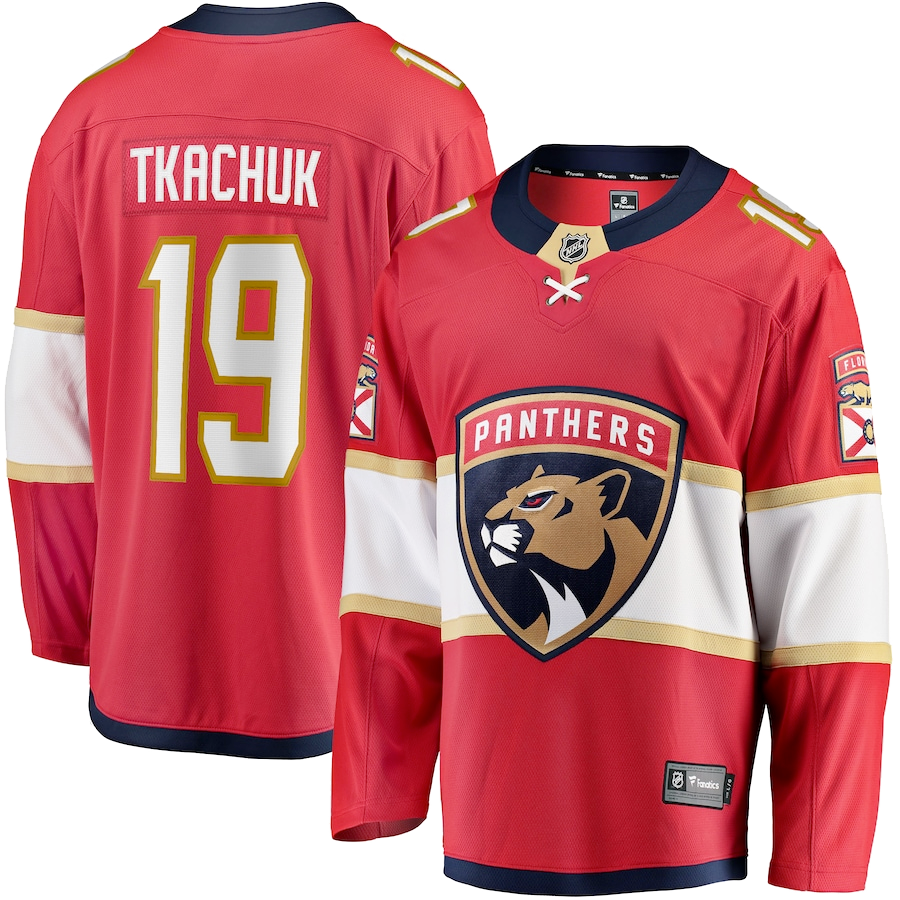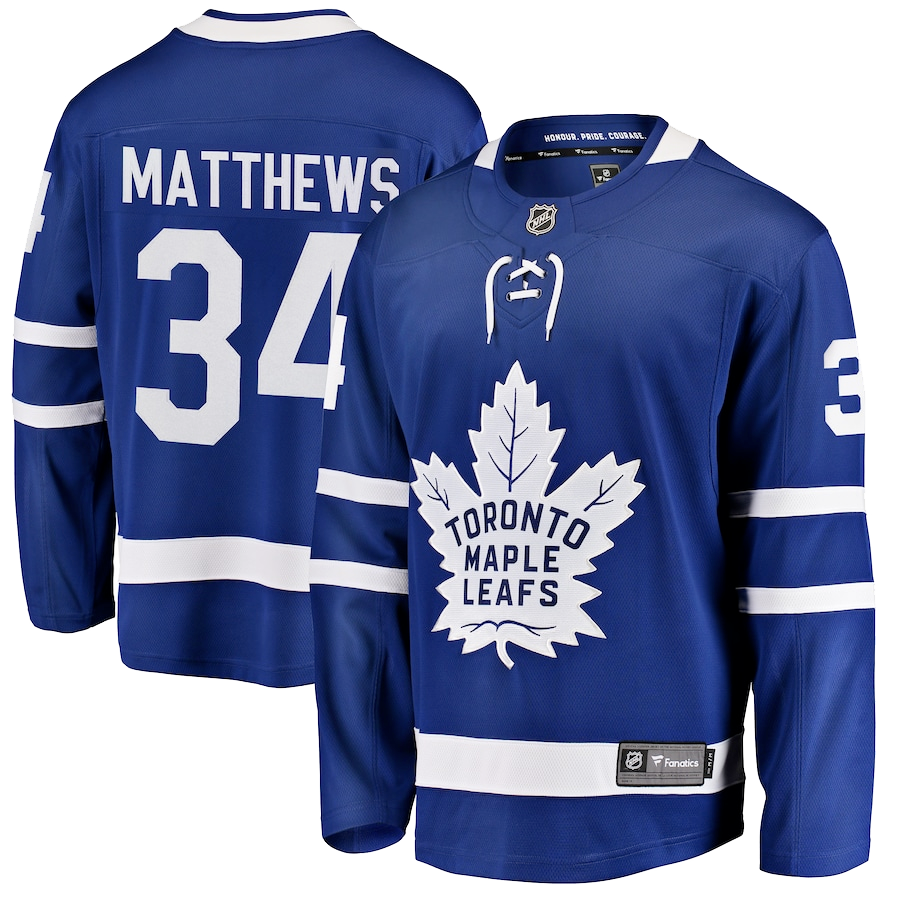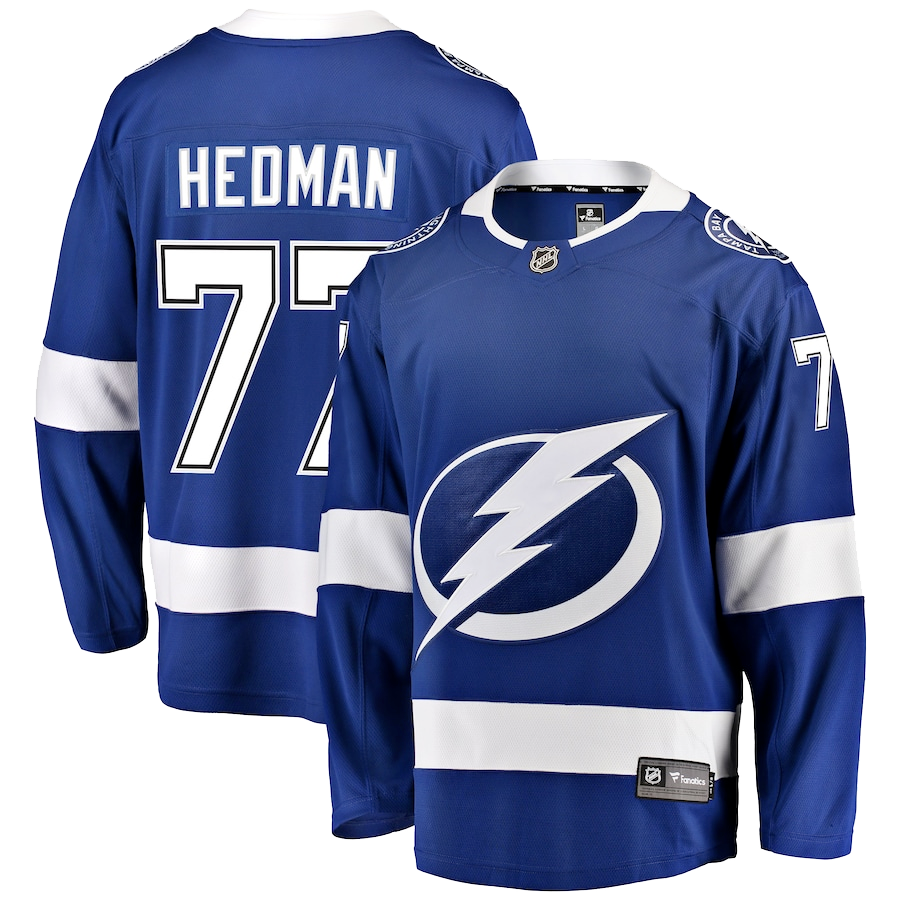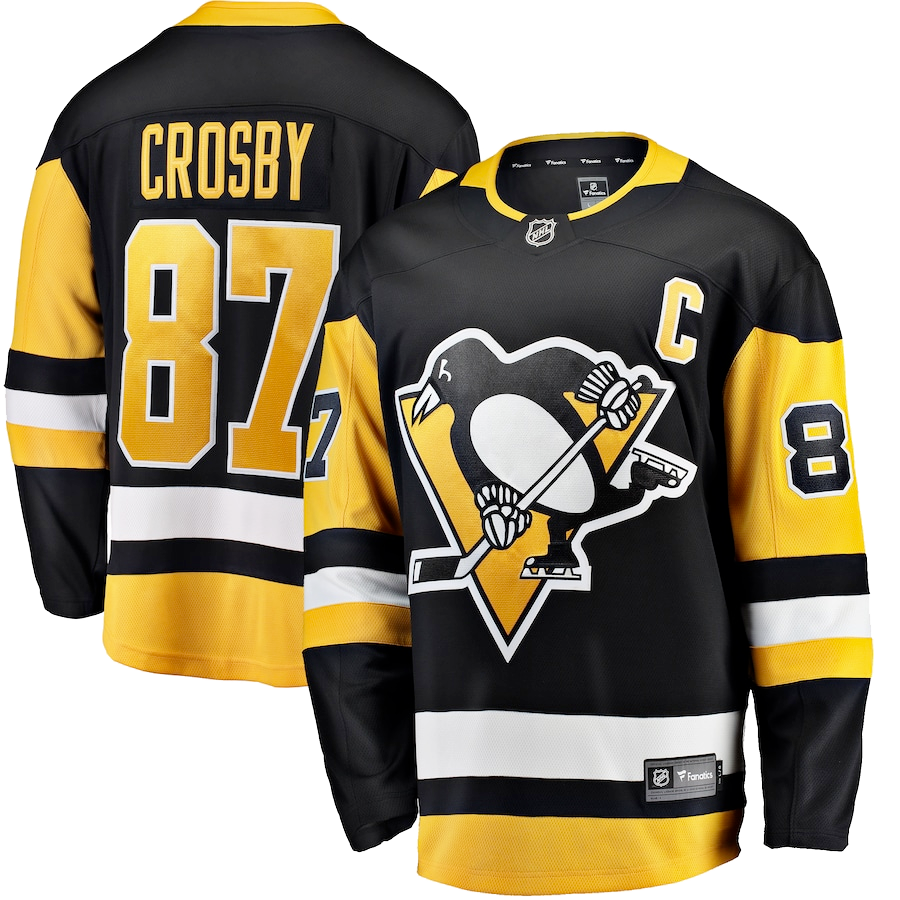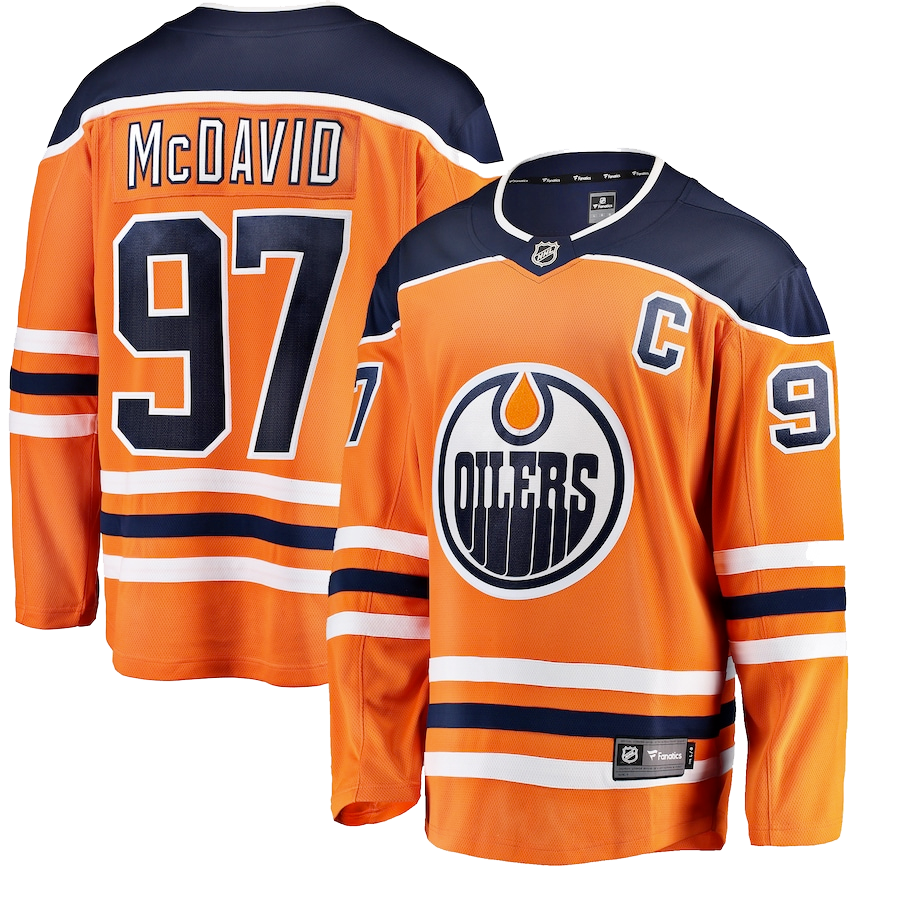At the end of World War II, nearly 50 players returned to their respective NHL teams including key Rangers such as Muzz and Lynn Patrick, Alex Shibicky, Alf Pike, and Mac Colville, whose brother Neil had returned during the previous season. Unfortunately after three or four years away from the league, these men were now past their prime. The Patrick’s as well as Shibicky gave it one last try and retired following the 1945-46 season.
After two decades at the helm, Lester Patrick resigned as General Manager in February of 1946 leaving his successor, Coach Frank Boucher, the monumental task of rebuilding the franchise from the ashes of the war years. Boucher’s first priority was restoring the Rangers farm system that Patrick had demolished when he mistakenly thought that the league would shut down during the war. Patrick had sold off most of his minor league players and kept only the New York Rovers of the ECHL as a farm club. Boucher traveled across Canada that summer and signed deals with junior teams in Lethbridge, Alberta, Prince Albert, Saskatchewan, Winnipeg and Flin Flon, Manitoba and Verdun, Quebec. He also resurrected the Guelph Biltmores of the OHA which would eventually produce future Rangers stalwarts like Andy Bathgate, Harry Howell, Lou Fontinato, Ron Murphy, Jean Ratelle and Rod Gilbert among others. Boucher also signed working agreements with minor pro clubs in Tacoma, Vancouver, St. Paul and Saskatoon.
In 1945-46 the Blueshirts won only two more games than the previous season and finished last in every statistical category for the third straight year. Bryan Hextall missed most of the year with a liver ailment but twenty-six year old Edgar Laprade scored 15 goals with 19 assists and skated away with the Calder Trophy as the NHL’s Rookie of the Year.
The next season the league increased the schedule from 50 to 60 games and the Rangers won nine more of those contests but still wound up out of the money in fifth place.
In 1947-48 the Blueshirts managed to finish in fourth place to make the playoffs for the first time in six seasons. They were led by center Buddy O’Connor who Boucher had acquired from Montreal with defenseman Frankie Eddolls for Hal Laycoe, Joe Bell and George Robertson the previous August. O’Connor, who had won two Stanley Cups with Montreal, led the Rangers in scoring with 24 goals and 36 assists and won both the Hart Trophy as the NHL’s MVP and the Lady Byng Trophy as the league’s most gentlemanly player. The Blueshirts lost in the semi-finals to the Red Wings four games to two, but for the first time since the end of the war it looked like better days were coming.
Unfortunately, just before the start of the 1948-49 campaign, Buddy O’Connor, Frankie Eddolls, Edgar Laprade and Bill Moe were involved in a serious car accident and missed the beginning of the season. As a result the Blueshirts got off to a 3-11-5 start and never recovered, falling back to last place in the final standings, a full 10 points out of a playoff spot. Lynn Patrick was brought in from New Haven to coach midway through the season allowing Boucher to spend more time tending to his GM responsibilities. With the move, the Patrick’s became the first father and son duo to coach the same team. Lynn’s brother Muzz also ran the team as coach and general manager in the 1950s and years later, Lynn’s son Craig would also become GM and coach in the early 1980s, making the Rangers the only team in the NHL that has been coached by three generations of the same family.
The Rangers bounced back in 1949-50 led by Laprade’s 22 goals and the solid goaltending of Chuck Rayner. They finished in fourth place and beat Montreal in the semi-finals. However by the time the finals began, the circus had chased the Blueshirts out of the Garden and team President John Reed Kilpatrick lost a power struggle to Detroit owner James Norris and the Rangers were allowed only two neutral sight games in Toronto while the rest of the seven-game series was to be played in the Detroit Olympia.
The series went the full seven games and ended when Detroit’s Pete Babando beat Rayner at 8:31 of the second overtime session. Although it appeared that the Rangers were finally on the right track, less than two weeks after the season ended Patrick resigned as coach, saying that he didn’t want to raise his family in New York. He accepted an offer to coach a team in Victoria that was owned by his father. However, before the next season started, Lynn got a call and a tremendous offer from Art Ross to become coach of the Boston Bruins. It proved to be an offer he couldn’t refuse.
Neil Colville was then hired to coach the team but the Blueshirts got off to a slow start, winning only five of their first 31 games. Grasping at straws, looking for ways to snap the team out of their doldrums as well as a gimmick to put people in the seats, Boucher took the advice of team publicist Stan Saplin and brought in Dr. David Tracy, a New York hypnotist. Tracy claimed that he could restore the team’s confidence by putting them in a trance.
So prior to a mid-November game against the Bruins, the good doctor stood in the middle of the Rangers dressing room and put several players under his spell. Tracy then gave an inspirational message and snapped his fingers to wake them up. Unfortunately some of the players had fallen asleep and needed more than a gentle finger snapping to roust them out of their trance.
The Rangers played well that night, holding onto a 3-3 tie in the third period until Boston defenseman Bill Quackenbush launched a long shot that found its way through the legs of Chuck Rayner in the final minute to give the Bruins a 4-3 victory.
Dr. Tracy was stunned by the loss and said that the next time he would concentrate on Rayner, who he thought seemed a little tense. He never got the chance however as the Rangers didn’t ask him to come back.
They then tried a mysterious concoction developed by Gene Leone, who owned the famed theater district restaurant “Mamma Leone’s” and was a big Ranger fan and good friend of Boucher’s.
“Leone’s Magic Elixir” which was supposed to restore the Rangers confidence was delivered to Boucher in mid-December 1950 in a large black bottle with a note attached that read “Drink it and Win!” “I told the boys this was a magic brew, a new liquid vitamin discovery,” Boucher wrote in his book “When the Rangers were Young.” “We passed it around in paper cups from the wash room. I told the writers, as seriously as I could, that Gene had just provided the Rangers with the key to a glowing future.”
Even though the ingredients of Leone’s brew were a closely guarded secret at the time, it has been said that the elixir was a simple mixture of warmed up orange juice and ginger ale, with a little honey. There was nothing magical about it, but it gave the Blueshirts the psychological lift they needed.
The results were amazing. After drinking the elixir, the Rangers began winning and by early January, had lost only two in a stretch of 11 games. But the big test would come on January 6th when the Rangers traveled to Toronto where they hadn’t won since December of 1947, to meet the Maple Leafs who were the best team in the league and eventual Stanley Cup champions.
But first there was a major logistical problem that needed to be overcome.
The Rangers were in Toronto and Leone, who was in New York, insisted on mixing the concoction as close to game time as possible. To overcome this problem the Blueshirts enlisted the help of long-time beat reporter Jim Burchard who had been following the story of the magic elixir for readers of the New York World-Telegram. Once the brew was ready, it was given to Burchard who was scheduled to fly to Toronto that afternoon and present the bottle to the Rangers right before game time.
But Burchard would first have to get the bottle through Customs and as it turned out, the Maple Leafs had gotten wind of the Rangers plan and arranged for border officials to seize the bottle, which was stored in a sealed bag and kept warm by three hot water bottles.
However this is where a photographer from the Toronto Globe and Mail named Harold Robinson stepped in and saved the day. Robinson, who had been assigned to cover the arrival of the magic potion by sportswriter Al Nickleson, distracted the Customs agents and bribed them with cigars and Burchard was able to slip by. Robinson then sped Burchard to Maple Leaf Gardens where the Rangers quaffed the magic brew and beat the Leafs 4-2.
The Blueshirts played better hockey for another few weeks but eventually whatever real or imagined effect the elixir had on them wore off and they won only four of their last 16 games and finished in fifth place.
Bill Cook, Frank Boucher, Muzz Patrick and Phil Watson then each took their turn coaching the Blueshirts who didn’t qualify for the post-season again until 1955-56 when they finished in third place under Watson. They finished fourth the next season and climbed to second the year after that but lost in the opening round each spring.
